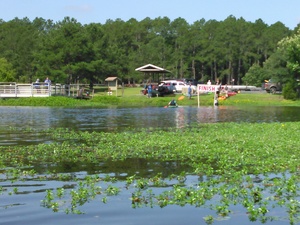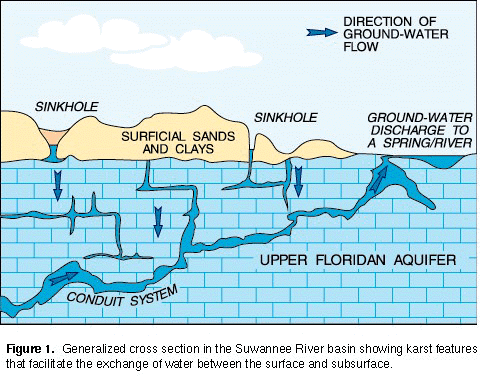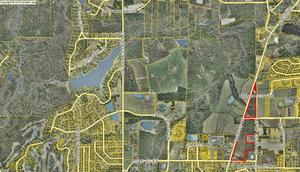 Who could have suspected that
corrosion caused the crude oil pipeline rupture still pollution
California’s coastline from Santa Barbara to Los Angeles,
according to PHMSA’s amended corrective order
as reported by Giana Magnoli, Noozhawk, Santa Barbara, 3 June 2015?
Who could have suspected that
corrosion caused the crude oil pipeline rupture still pollution
California’s coastline from Santa Barbara to Los Angeles,
according to PHMSA’s amended corrective order
as reported by Giana Magnoli, Noozhawk, Santa Barbara, 3 June 2015?
Right after TransCanada Keystone 1 Pipeline Suffered Major Corrosion Only Two Years In Operation, 95% Worn In One Spot, as reported Julie Dermansky, Desmogblog, 30 April 2015?
Both pipeline companies claimed they used cathodic protection, which is supposed to detect and prevent such leaks.
Kinder Morgan, proposing to gouge its Palmetto petroleum products pipeline across South Carolina and the Georgia coast to Jacksonville, also claims to use cathodic protection and other measures, yet is no stranger to many incidents of corrosion and leaks.
There’s lots more evidence that such preventative measures don’t work, and often aren’t even applied, not for oil pipelines and not for fracked methane (“natural gas”) pipelines. You can sign the petition to help stop Texas pipelines from invading Georgia. Continue reading











